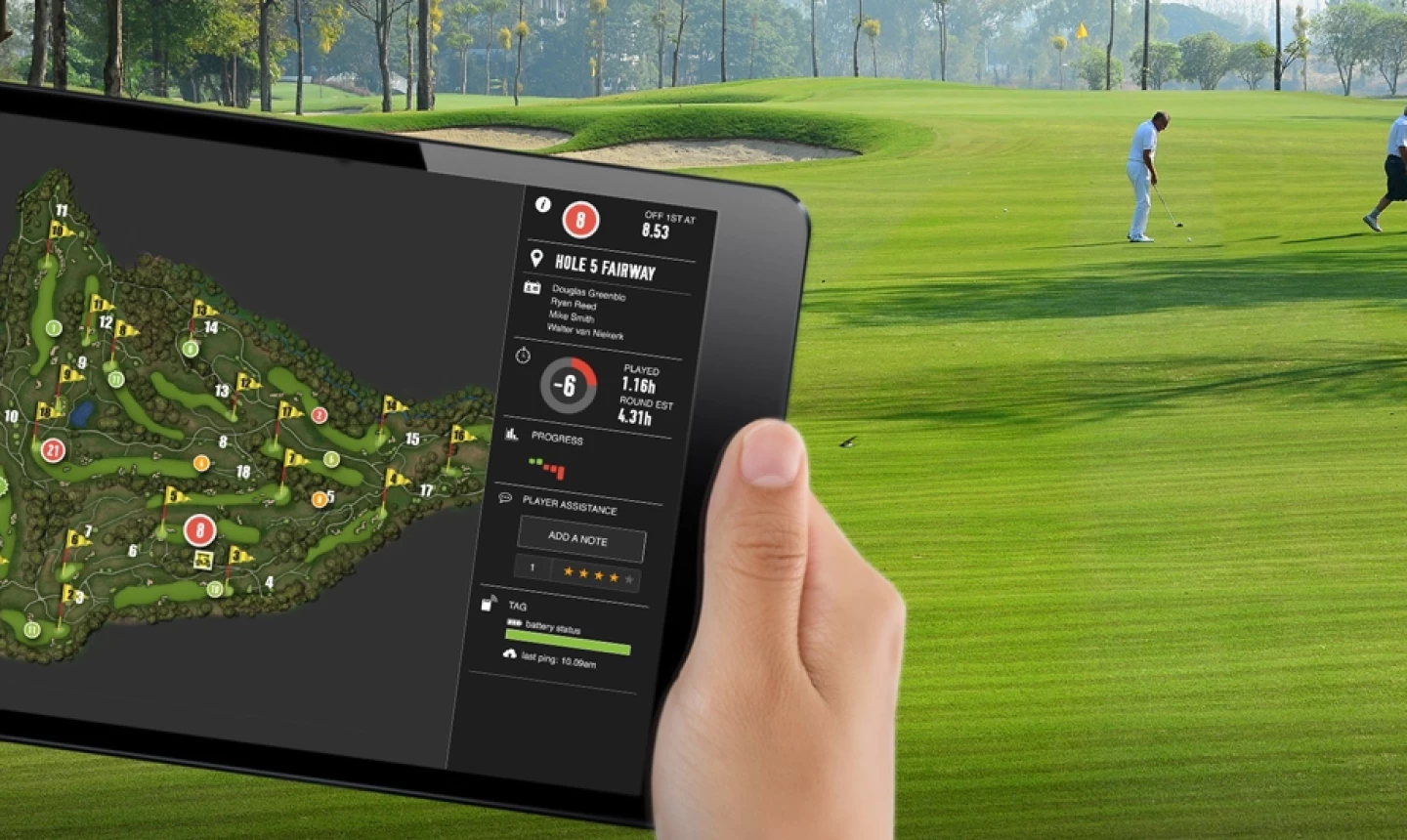Pace of play is one of the most common complaints in golf. Even at the venerable Pebble Beach, the chief criticism, other than the cost to play it, has always been that it takes too long (upwards to six hours isn't uncommon).
Of course when it comes to Pebble Beach, my response has always been, "Is there someplace else you'd rather be right now? What's the rush?"
But in all seriousness, six-hour rounds are generally dreadful. Really, anything over five is too much, although 4 ½ and even 4:45 on a difficult golf course is understandable. So, how can golf courses, particularly those high-dollar championship layouts, manage their tee sheet?
Using technology to manage pace of play
Like nearly everything in life, it's not always about working or trying harder; it's about working smarter, and that might be happening at a few more courses today thanks to GPS technology.
For example, GPS technology in golf carts is as much about fleet management and pace of play as it is providing golfers with yardages and layouts of the holes. Not only can GPS on carts give golfers a quicker way to get yardages on the course, but more importantly, having GPS on all the carts means that golf pros can see exactly where every cart is on a computer screen back in the shop. They can easily detect problem groups and have marshals go right to the problem to help alleviate any backups.
But what about courses that have walkers? Or courses that don't have carts equipped with GPS?
The solution may be a product called Tagmarshal, which was developed in South Africa a few years ago. It consists of individual Tagmarshal tracking devices and software. Each tee time is assigned a unique tracker and the course, using computers, can track each group throughout the day, identifying which groups are and aren't on pace.
The software, in fact, alerts golf course operators before it becomes a real problem by changing the colors of the groups indicators on the screen from green to magenta (slightly behind) to red, which means a group is seriously behind the pace of play guidelines for that particular course. The idea is to avoid having the red groups show up on the screen preemptively.
At Erin Hills, Tagmarshal is providing additional tee times

The first course to use the Tagmarshal system was Erin Hills in Wisconsin. It's all walking at Erin Hills, the host of the 2017 U.S. Open, and it's a long walk (the course can play close to 8,000 yards), so groups aren't expected to play in four hours. But they don't want them playing five hours or longer either.
After implementation, Erin Hills saw its rounds go from 5:02 to 4:45. Those 17 minutes might not sound like much, but to golfers, it means there aren't backups on tees or long waits in the fairway. And it also means money. For Erin Hills, it allowed for an opportunity to schedule an additional tee time at the end of the day, which over the course of the seven-month season meant 450 additional golfers and an additional $126,000 in revenue and a $115,000 return on initial investment.
Of course, it's what you do with that information that pays dividends. At Erin Hills, head PGA professional Jim Lombardo says he can use fewer marshals and use them more judiciously. The system also works in conjunction with the caddies, who are each given a tracker.
"We have the facts right in front of us. What Tagmarshal has taught us is where to position our people," said Lombardo, adding that the marshals are equipped with iPads so they can see the entire picture as well.
Working with the players as partners, not berating them
Lombardo also likes to position a marshal on the third hole to welcome groups. The idea is not so much at that point to urge groups to speed it up, but rather to become engaged with them and be encouraging. That way, when they do need to urge a group to pick up the pace, they feel like they've already established a relationship with the players.
In fact, marshals are trained to tell slower groups, "You're a little behind position," instead of telling them that they're playing too slowly.
And if a group is behind by three minutes early at that third tee, the idea is to not let them fall behind any more. While three minutes isn't a big deal, if you multiply it by six over the course of the round, it becomes 18 minutes, and that is a problem.
This is where the marshals and caddies can work together. Using signals, marshals can let caddies know how their groups are doing, and caddies can communicate back. A tip of the cap from the caddie to the marshal would mean, "Give us a few holes to resolve the problem." Or a removal of the cap might indicate, "Please step in to help." At that point, a marshal might ask a group to spend less time looking for balls, for example.
According to Tagmarshal CEO Bodo Sieber, the system is being employed at about 50 courses worldwide now, and many of them are championship venues. In the United States, Valhalla, Kiawah Island and Whistling Straits are also using the system, and the company recently added Carnoustie in Scotland as a client.
















